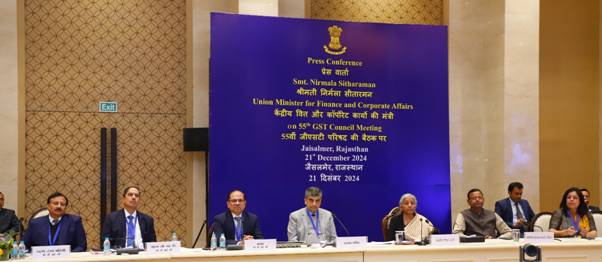Post offices are now increasingly being dubbed as relics. But can they be written off? While they are no longer the preferred mode of communication, these buildings with red façades still offer services to millions, and they swear by it.
The schemes they offer are backed by the government, which means that your money is in safe hands. And they also offer attractive interest rates, which means your money will grow just like other fancy market instruments.
Whether you are saving for something immediate or planning for the future, there is a post office saving scheme tailor made for you.
Around 1,54,000 post offices spread all over the country operate these schemes. Whether for short-term or long-term goals, they provide individuals with diverse options to effectively manage and grow their savings.
Types of Post Office Schemes:
Savings Accounts: They work just like regular bank accounts for deposits and withdrawals, with an interest rate. The current interest rate is 4 per cent and is fully taxable.
National Savings Recurring Deposit Account (RD): You deposit a fixed amount every month for a chosen period (e.g., 1, 3, or 5 years) and earn interest on the accumulated amount. It is currently offering an annual compounding interest rate of 6.7 per cent.
National Savings Time Deposit Account (TD): You invest a lump sum for a fixed tenure and earn a fixed rate of interest. There are four possible tenures for post office time deposit accounts you can choose from, i.e. 1 year, 2 years, 3 years, and 5 years. Interest rates vary accordingly.
National Savings Monthly Income Account (MIS): You invest a lump sum and receive monthly interest payouts. From April 1, 2024 the interest rate will be 7.4 % per annum.
Senior Citizen Savings Scheme (SCSS): Offers higher interest rates for senior citizens (aged 60+) investing for a fixed term. Senior Citizen Savings Scheme (SCSS) interest rates for the 4th quarter (January-March) of FY 2023-24 is 8.2 per cent.
Public Provident Fund (PPF): A long-term investment option with tax benefits. You contribute monthly for 15 years and earn interest. It pays 7.1 per cent a year and qualifies for tax benefit under Section 80C of the Income Tax Act.
National Savings Certificates (NSCs): Invest a lump sum for a fixed term (5 or 10 years) and earn maturity amount with interest. The National Savings Certificate (NSC) pays interest at a rate of 7.7 per cent per annum upon maturity after five years.
Kisan Vikas Patra (KVP): Invest a lump sum for a specific maturity period, the interest rate is 7.5 per cent p.a. The account tenure is 115 months, and the amount invested in this tenure will be doubled.
Sukanya Samriddhi Account (SSA): This is a girl child specific savings scheme with a high-interest rate to promote her education and marriage. An interest rate of 8.2 per cent p.a. is applicable.
Which scheme suits you best:
Savings Accounts: Anyone for basic savings needs.
RDs: Good for inculcating a regular savings habit and earning guaranteed returns.
TDs: Suitable for those seeking a fixed return on a lump sum investment.
MIS: Ideal for retirees or those needing a regular income flow.
SCSS: Beneficial for senior citizens seeking higher interest rates and security.
PPF: Good for long-term tax-saving investments and wealth creation.
NSCs and KVPs: Fit for those looking for a secure fixed-income investment with guaranteed returns.
SSA: Best for parents or guardians to save for a girl child’s future.
How to apply for a scheme?
Head to your nearest post office branch.
Pick up an application form for your chosen scheme or download it beforehand from the India Post website.
Fill the form and provide the required documents, including KYC proof.
Make your initial deposit for the scheme to finalise your enrollment.
Visit www.cagurujiclasses.com for practical courses











